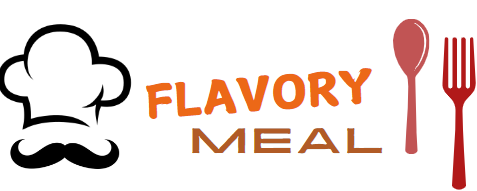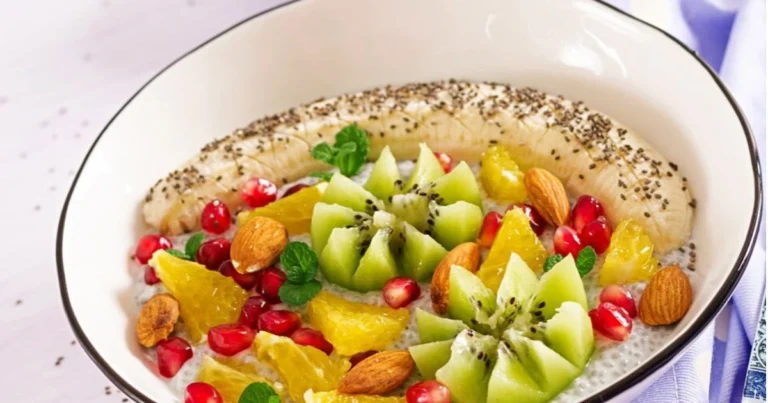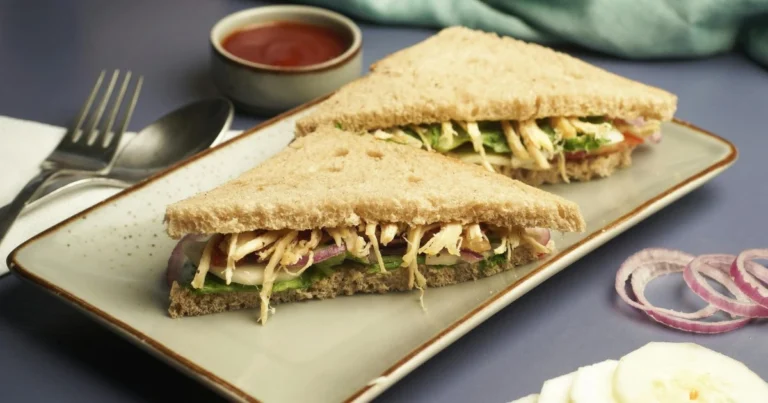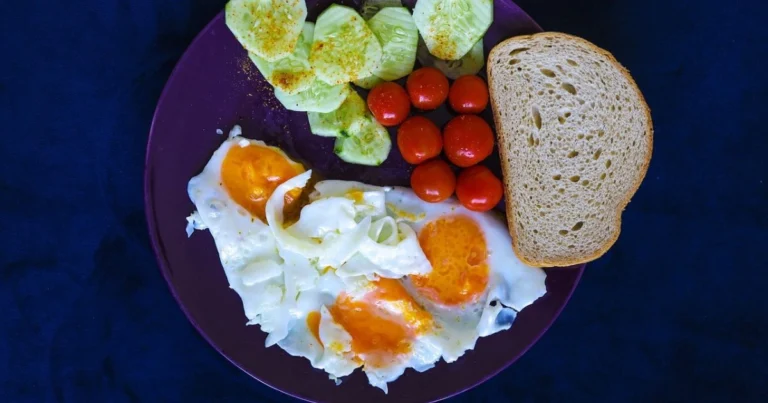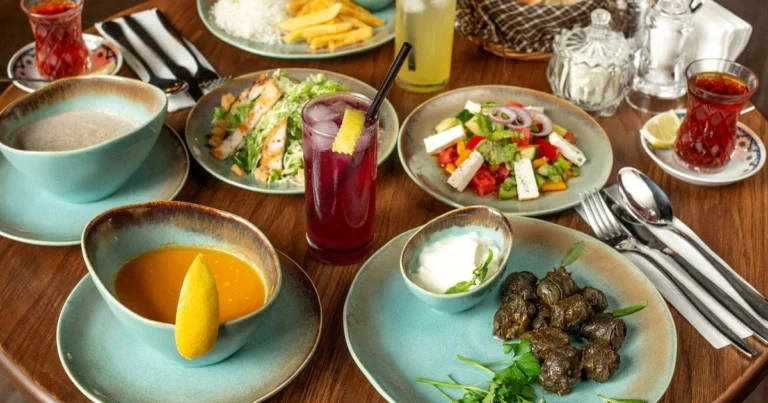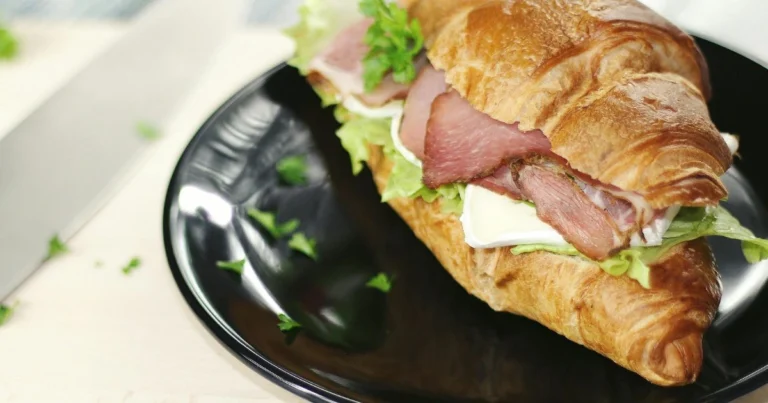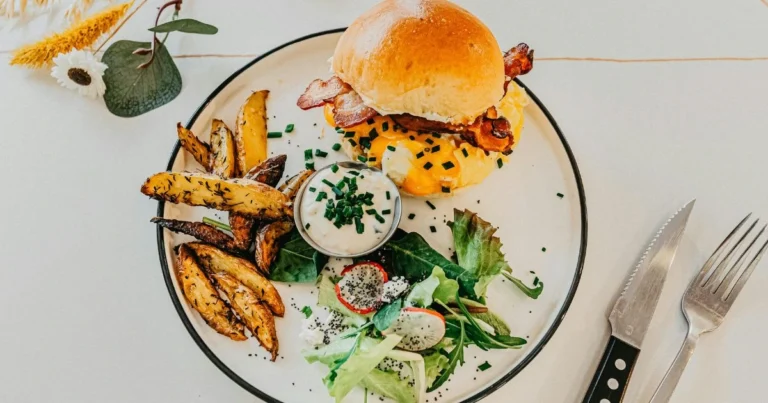Low-Calorie Fast Food Breakfast Ideas to Keep You Energized
Table of Contents
Introduction: Why Your Morning Meal Matters
Picture this : you wake up late, rush out the door, and end up at a drive-thru. You grab a bag filled with something greasy, maybe a sugary pastry and a large latte topped with whipped cream. It feels satisfying in the moment, but an hour later, your stomach feels heavy, your energy plummets, and you’re already craving another snack. Sound familiar?
Breakfast really does set the tone for your entire day. A smart choice can fuel your body, sharpen your focus, and keep cravings under control until lunch. On the other hand, a calorie-loaded, sugar-heavy fast food breakfast can leave you feeling sluggish.
The good news is that you don’t need to give up the convenience of fast food to stay on track with your health goals. By making smarter choices, you can enjoy a low-calorie fast food breakfast that keeps you energized, satisfied, and confident about your nutrition.
This guide will show you the best low-calorie options at popular chains, tips for customizing your meals, and strategies for building breakfasts under 400 calories that still taste great.
What Makes a Low-Calorie Fast Food Breakfast Healthy?
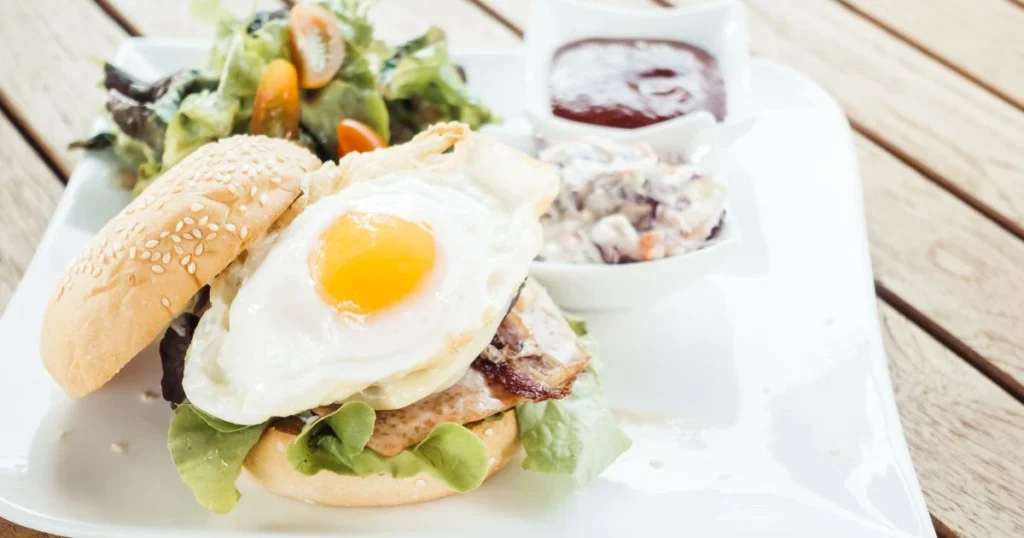
Not all low-calorie meals are created equal. A tiny muffin may technically be low in calories, but it won’t keep you full for long. To build a healthy breakfast, you need to think beyond numbers.
Here’s what separates a good low-calorie fast food breakfast from a disappointing one:
- Protein: Keeps you full and supports steady energy.
- Fiber: Helps with digestion and keeps hunger at bay.
- Complex carbs: Provide fuel without spiking your blood sugar.
- Healthy fats: A little avocado or nuts can go a long way.
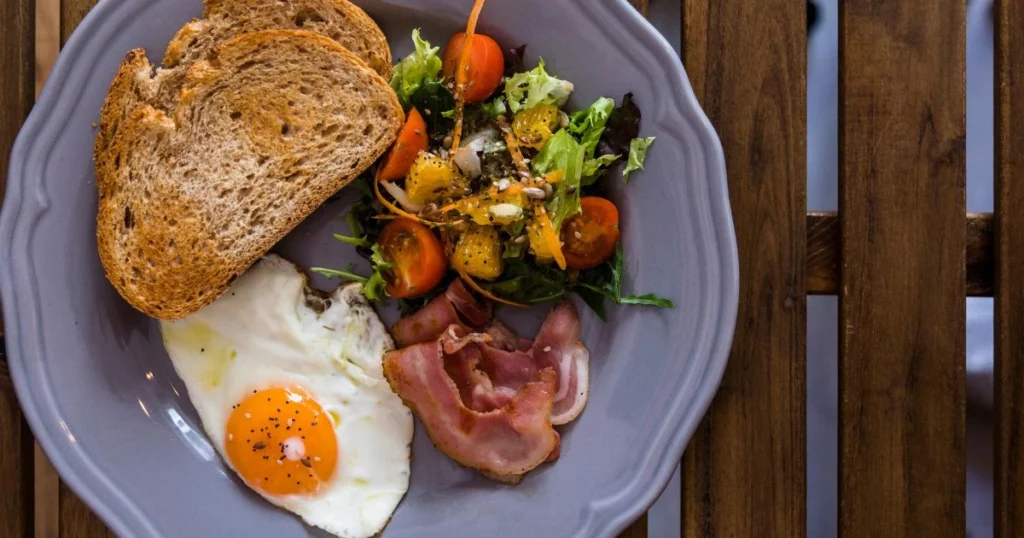
Experts often recommend keeping fast food breakfasts under 400 calories, which is enough to energize you without overloading your morning. The trick is to avoid hidden calories in sauces, cheeses, and sugary drinks.
Best Low-Calorie Fast Food Breakfast Options by Popular Chains
When you’re on the go, knowing what to order can save you from decision fatigue. Let’s break down the smartest choices at the most popular fast food restaurants.
Starbucks Low-Calorie Breakfast Choices
- Spinach, Feta & Egg White Wrap – 290 calories: A perfect mix of protein, fiber, and flavor.
- Reduced-Fat Turkey Bacon Sandwich – 230 calories: Lighter than the classic bacon options, but still satisfying.
- Classic Oatmeal with Fresh Fruit – 150–200 calories: Simple, hearty, and customizable.
💡 Pro Tip: Pair your meal with black coffee or a latte made with almond milk to keep calories in check.
McDonald’s Low-Calorie Breakfast Menu
- Fruit & Maple Oatmeal (no brown sugar) – 320 calories: Warm, filling, and naturally sweet.
- Egg McMuffin (without cheese or butter) – 300 calories: A classic made healthier with simple swaps.
- Apple slices – 15 calories: A smart side option when you need something light.
💡 Pro Tip: Avoid McGriddles and large frappes—they can push you past 600 calories before you even realize it.
Dunkin’ Donuts Lighter Options
- Veggie Egg White Omelet Sandwich – 290 calories: Packed with veggies and lean protein.
- Multigrain Bagel with Reduced-Fat Cream Cheese – 350 calories (half serving of cream cheese): Hearty and filling when portioned smartly.
- Coffee hacks: Choose unsweetened iced coffee or hot coffee with skim milk instead of sugar-heavy lattes.
Panera Bread Smart Choices
- Avocado, Egg White & Spinach Sandwich – 350 calories: A savory, nutrient-rich option.
- Steel-Cut Oatmeal with Almonds & Honey – 310 calories: A comforting, energy-boosting meal.
- Seasonal fruit cup – under 100 calories: A refreshing, low-calorie side.
Build Your Own Low-Calorie Fast Food Breakfast
Sometimes the menu doesn’t give you exactly what you want. That’s where customization comes in.
Smart Ingredient Swaps
- Say no cheese or ask for half a portion.
- Choose whole-grain wraps instead of croissants or biscuits.
- Request sauces on the side—many add 50–100 unnecessary calories.
High-Protein Add-Ons
- Egg whites instead of whole eggs.
- Lean proteins like turkey or chicken sausage over regular sausage or bacon.
- Stick with unsweetened beverages—black coffee, iced tea, or sparkling water.
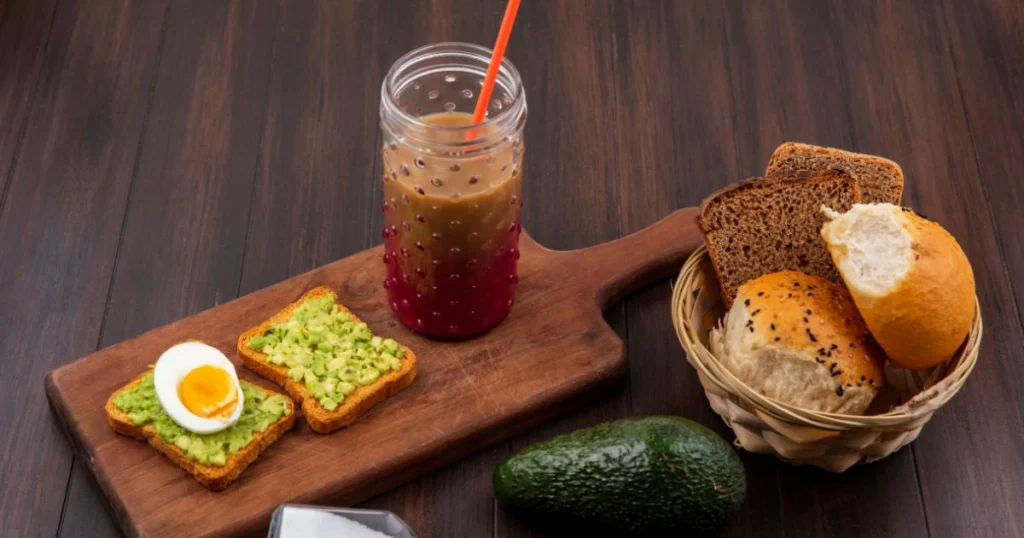
💡 Even small tweaks can save you 100–200 calories per meal.
Sample Low-Calorie Breakfast Combos (Under 400 Calories)
Here’s a quick look at how to mix and match items for filling, energy-boosting breakfasts:
| Fast Food Chain | Menu Item | Calories | Why It Works |
| Starbucks | Spinach, Feta & Egg White Wrap + Black Coffee | 290 | Protein + fiber keeps you full |
| McDonald’s | Egg McMuffin (no cheese) + Apple Slices | 315 | Balanced and portable |
| Dunkin’ | Veggie Egg White Omelet Sandwich + Unsweetened Iced Coffee | 290 | High protein, low fat |
| Panera | Steel-Cut Oatmeal + Seasonal Fruit Cup | 410 | Fiber-rich carbs for steady energy |
Quick Tips for Sticking to Low-Calorie Breakfasts
Eating out doesn’t have to sabotage your health goals. Use these strategies to stay consistent:
- Plan ahead: Look at menus online before ordering.
- Watch portion sizes: Half a bagel is often enough.
- Hydrate smartly: Choose water, black coffee, or unsweetened tea over smoothies and frappes.
- Pack in fiber: Fruit, oatmeal, and veggie-filled sandwiches help you stay satisfied.
- Keep balance in mind: A mix of protein, healthy carbs, and a little fat will give you steady energy.
Hidden High-Calorie Traps to Avoid at Breakfast
Even when you think you’re making the right choice, certain menu items can sneak in hundreds of extra calories. Knowing what to watch out for helps you stay on track.
- Flavored coffee drinks – A medium caramel latte or mocha can add over 300 calories, nearly doubling your meal.
- Croissant sandwiches – Buttery croissants may taste amazing, but they can contain more than 400 calories before adding eggs or meat.
- Hash browns and fried sides – A small serving of hash browns often packs 250+ calories and little nutritional value.
- Extra sauces – Mayonnaise, ranch, or creamy dressings can add 100–200 calories to your sandwich.
💡 Swap tip: Stick to mustard, salsa, or hot sauce—they’re full of flavor but low in calories.
Energy-Boosting Foods You Should Look For
When building a low-calorie fast food breakfast, certain ingredients can give you long-lasting fuel. Try to include at least one of these in your order:
- Egg whites or whole eggs – Lean protein that helps you stay satisfied.
- Oats – A slow-digesting carb that stabilizes energy levels.
- Veggies – Spinach, peppers, tomatoes, and mushrooms add volume with few calories.
- Fruit – Berries, apples, or bananas add natural sweetness and fiber.
- Lean meats – Turkey bacon or grilled chicken instead of fatty sausage.
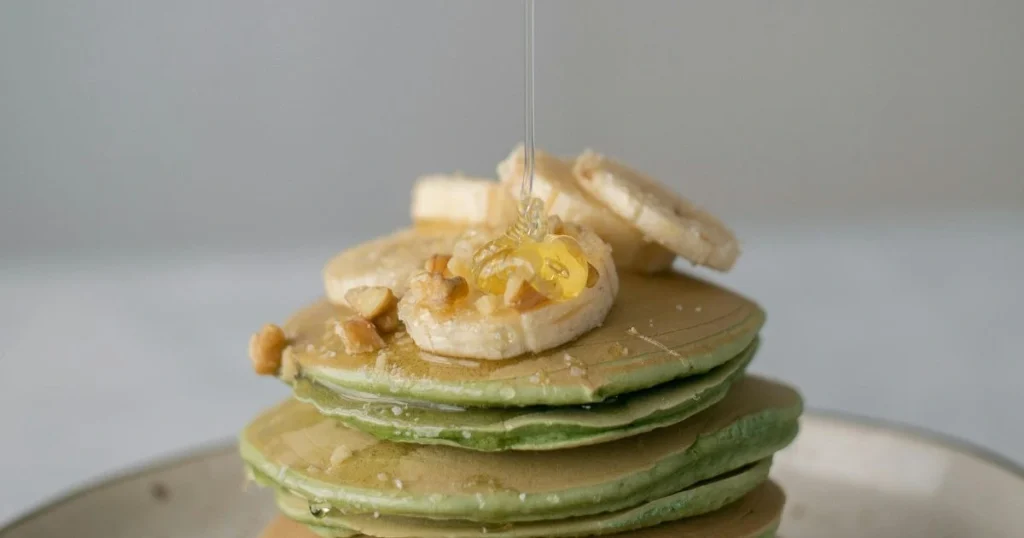
By combining these, you’re not just saving calories—you’re investing in steady energy.
Low-Calorie Fast Food Breakfast Ideas for Busy Lifestyles
Depending on your routine, your needs may look a little different. Here’s how you can adapt:
For the Commuter
Grab-and-go items like Starbucks wraps or McDonald’s Egg McMuffins are compact and easy to eat in the car. Add black coffee or water instead of sugary drinks to keep calories low.
For the Student
Dunkin’s veggie omelet sandwich or oatmeal is affordable, filling, and easy to eat between classes. Pair with fruit for extra fiber.
For the Fitness Enthusiast
You need protein-rich options: Panera’s egg white avocado sandwich or Starbucks’ turkey bacon sandwich are perfect. Add a side of fruit to replenish carbs post-workout.
For the Office Worker
Choose oatmeal or yogurt bowls to stay full during long meetings. A veggie-packed breakfast helps keep you sharp and focused.
Creative Combos You Can Try
Sometimes the menu doesn’t tell the whole story. You can build your own low-calorie breakfast by mixing smaller items together:
- Half a bagel + egg whites + black coffee – Balanced, under 350 calories.
- Small oatmeal + fruit cup + iced tea – Fiber-rich, about 300 calories.
- Egg wrap + side of apple slices – Protein + carbs for 320 calories.
The secret is to combine protein with fiber so you feel full without breaking your calorie budget.
Meal Prepping vs. Fast Food: When to Choose What
You may wonder if fast food breakfast is even worth it compared to making meals at home. The truth is, both have their place.
- Choose fast food when:
- You’re traveling or running late.
- You want a quick, portion-controlled meal.
- You don’t have groceries on hand.
- You’re traveling or running late.
- Choose homemade breakfast when:
- You want full control over ingredients.
- You’re aiming for the lowest cost.
- You have specific dietary needs (gluten-free, vegan, etc.).
- You want full control over ingredients.
💡 Balance both in your routine—prep simple meals at home most days, and use fast food as a convenient backup.
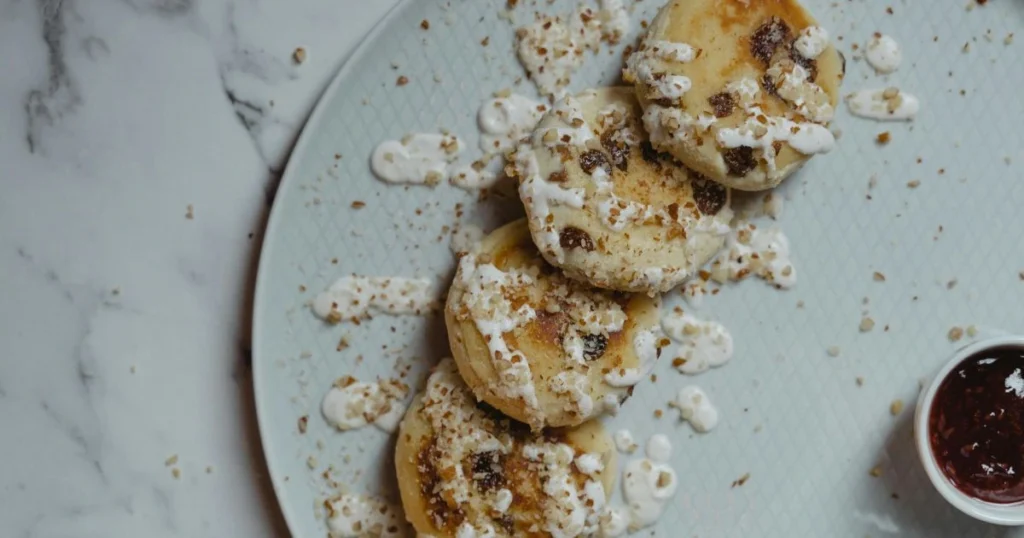
The Psychology of Low-Calorie Choices
It’s not just about what you eat—it’s about how you feel about your choices.
When you pick a lighter breakfast, you may feel more in control, less guilty, and more motivated to stay consistent with your health goals throughout the day. On the other hand, starting your morning with a heavy, calorie-packed meal often triggers overeating later.
By making mindful choices in the morning, you set yourself up for better decisions all day long.
Healthy Drinks to Pair with Your Breakfast
Drinks can make or break your calorie count. Here are some safe, energizing options:
- Black coffee – Zero calories, boosts alertness.
- Americano (hot or iced) – Coffee + water, only 10–15 calories.
- Unsweetened iced tea – Refreshing and hydrating without sugar.
- Sparkling water – A fizzy, flavorful choice without calories.
- Latte with almond or skim milk – Around 80–100 calories (avoid syrups).
🚫 Avoid smoothies and frappes from chains—they often contain more sugar than a soda.
A 7-Day Low-Calorie Fast Food Breakfast Plan
To make things easier, here’s a full week of energizing, under-400-calorie breakfasts you can rotate through:
| Day | Chain | Meal Choice | Calories |
| Monday | Starbucks | Spinach, Feta & Egg White Wrap | 290 |
| Tuesday | McDonald’s | Egg McMuffin (no cheese) + Apple Slices | 315 |
| Wednesday | Dunkin’ | Veggie Egg White Omelet Sandwich | 290 |
| Thursday | Panera | Oatmeal with Almonds + Small Fruit Cup | 410 |
| Friday | Starbucks | Reduced-Fat Turkey Bacon Sandwich | 230 |
| Saturday | McDonald’s | Fruit & Maple Oatmeal (no brown sugar) | 320 |
| Sunday | Dunkin’ | Multigrain Bagel (half cream cheese) + Coffee | 350 |
Long-Term Benefits of Choosing Low-Calorie Fast Food Breakfasts
Sticking to lighter morning meals doesn’t just help you today—it impacts your health in the long run:
- Weight management – Saving 200 calories daily equals 1,400 fewer calories per week.
- Stable energy – No more mid-morning crashes.
- Better digestion – Fiber and protein keep your system regular.
- Improved focus – Balanced meals fuel your brain.
- Confidence – You’ll feel proud of making better choices, even on busy days.
✨ Your morning sets the tone for your day. Choose wisely, and you’ll feel the benefits long after breakfast is over.
Low-Calorie Fast Food Breakfast FAQs
What is the lowest calorie fast food breakfast?
You can find options under 250 calories, such as plain oatmeal from Starbucks or egg whites from Dunkin’.
Can fast food breakfast really keep me energized?
Yes—when it includes protein and fiber. Sugary pastries might give you a quick boost, but they’ll leave you crashing later.
What fast food breakfast has the most protein but fewer calories?
Egg white wraps, turkey bacon sandwiches, and lean protein bowls are great picks for protein without excessive calories.
How do I make healthier choices at any fast food restaurant?
Customize whenever possible: skip cheese, limit sauces, choose whole grains, and stick with unsweetened drinks.
Conclusion: Take Control of Your Morning Choices
The next time you’re in a hurry, don’t assume fast food has to ruin your diet. With a little planning and a few smart swaps, you can enjoy a low-calorie fast food breakfast that fuels your day instead of slowing you down.
Remember, it’s not just about keeping the calorie count low—it’s about making sure your breakfast works for you, keeping you energized, focused, and satisfied until your next meal.
So tomorrow morning, when you’re eyeing that drive-thru menu, you’ll know exactly what to choose. And once you start making these smarter choices consistently, you’ll notice the difference not only in your energy levels but in how much more control you feel over your health
